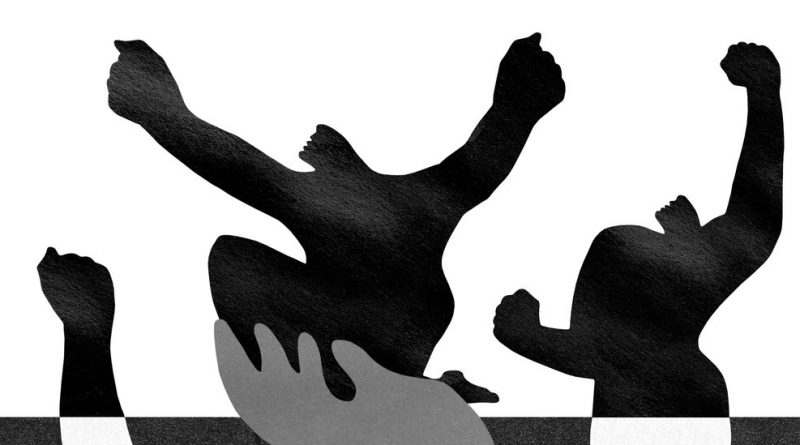Disabled Do-It-Yourselfers Lead Way to Technology Gains
[ad_1]
Not only are devices like prosthetics and hearing aids often not covered by insurance, but expert care is hard to find. Ms. Shew, for example, travels four hours for leg prosthetic care. Meanwhile, too much technology is designed around a perception of what’s normal. For example, arm prosthetics are often designed with five fingers, a hand, but Ms. Shew says, “A lot of arm amputees don’t necessarily want” that but instead would like a bike-riding arm or a chopping arm.
Maintenance isn’t the only ongoing issue for users of disability-specific technology; intellectual property law can restrict the ability of users to customize their devices to suit their changing needs. Ian Smith, a software engineer who is Deaf, has dwarfism and uses a power wheelchair, points out that too often disabled people are not permitted to tinker with devices because of trademark issues, negating what many call the right to repair. “You’re at the mercy of the manufacturer for upgrades and repairs,” he said.
Sara Hendren, who teaches design at Olin College of Engineering in Massachusetts and is the parent of a child with Down syndrome, illustrates the benefits of empowering disabled designers in her forthcoming book, “What Can a Body Do?” In it she introduces us to Chris, who was born with one arm. After being stymied initially in trying to change his infant’s diaper, he ultimately joined felt holsters to soft cords that he could attach to his shoulder. The baby’s feet rest in the felt, secure.
“The result is nothing that dazzle at some tech expo,” but it reveals, Ms. Hendren said in an interview, how the right technology can make the “world bend a little bit” toward the user rather than just bending the user toward a normative world. Ms. Hendren said that adaptive technology, the phrase she prefers to the more commonly used “assistive technology,” is not about helping, but about shifting both the body and the world into closer harmony. It’s not using tech to make things seem “normal.”
Bob Williams, policy director at Communication First, an advocacy group for people like him with speech-related communication disabilities, has cerebral palsy and uses a stand-alone device to produce audible speech. It was designed around 1990, and Mr. Williams is worried about obsolescence. Today, many nonspeaking individuals can use apps with speech tools built into tablets, smartphones and computers. “It’s a bridge” between disabled and nondisabled people, Mr. Williams says, because everyone can “relate to the technology.”
In my family, we’ve certainly found that to be the case, but not everyone does. My son, a white Midwesterner who is autistic and has Down syndrome, uses a speech app called Proloquo2go. There’s a default setting that mimics how he talks, but not everyone finds a voice that is fitting.
